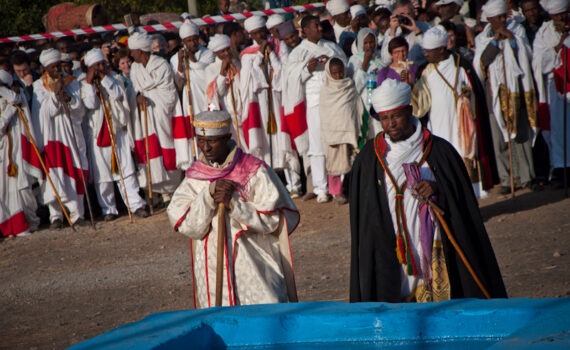Let’s talk recipes for a moment. In the 2,500 metre above sea level kitchen of Lalibela, Ethiopia, bring together a generous dash of Orthodox Christianity, mix in a few thousand metres of white, cotton cloth, sprinkle in a bit of day and night chanting and bring to a boil in […]
religion
3 posts
Ask anyone that knows me well and I am sure they will tell you that they don’t really find me the religious type, but I do try to have a sincere respect for anyone and everyone’s beliefs, and I try to keep my mind open. I truly feel that we […]
Whilst digging around through some old computer files the other day, I came across an article I wrote during my days as an English teacher in the Czech Republic in the city of Uherské Hradiště. (I dare you to pronounce that! It took me three months to get it right.) […]

